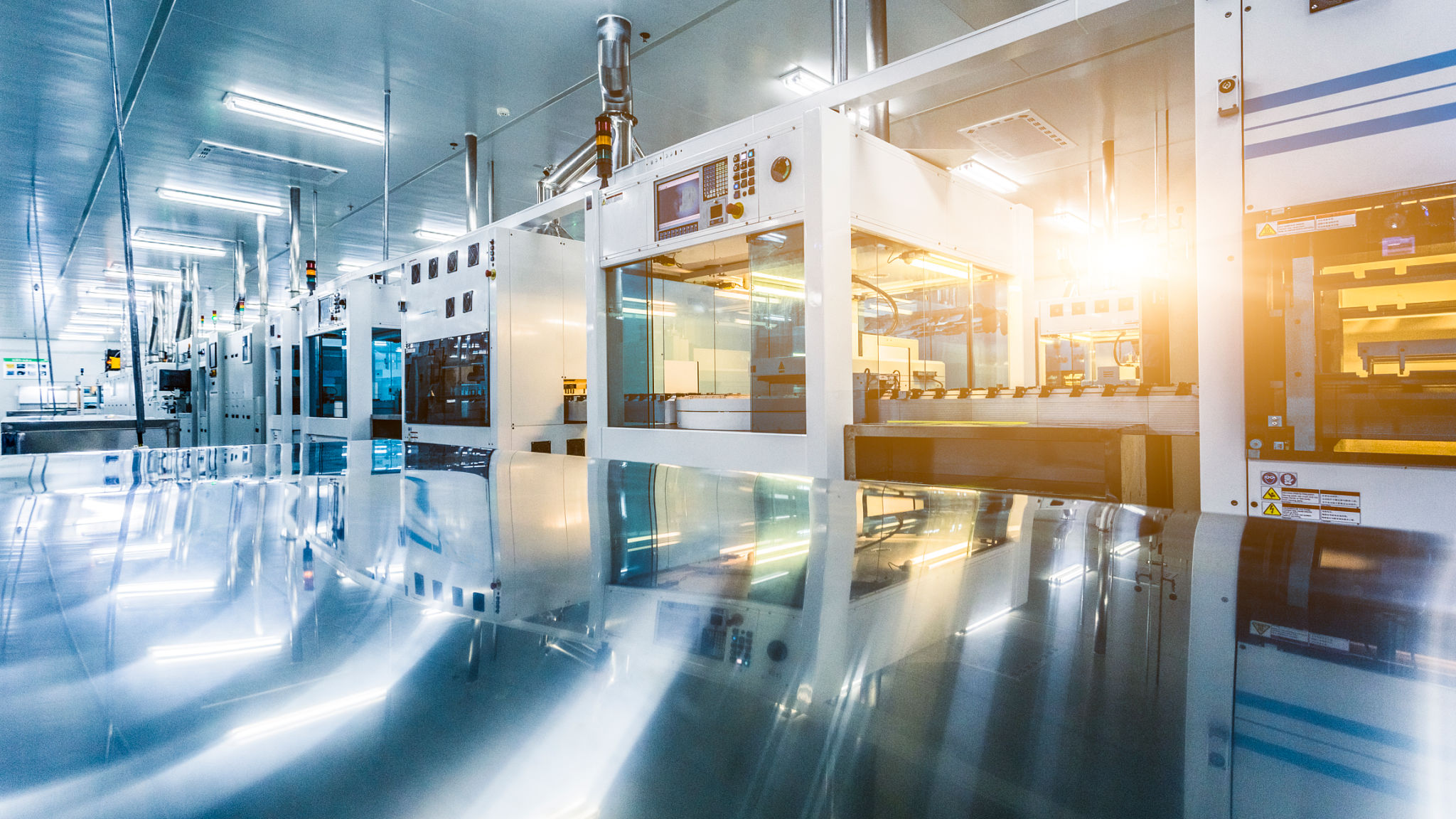Smart Machine Optimization: A Guide for OEMs in Construction Equipment
JM
Understanding Smart Machine Optimization
In the rapidly evolving world of construction equipment, Original Equipment Manufacturers (OEMs) are increasingly turning to smart machine optimization to enhance performance and efficiency. This technological advancement is transforming the way construction machinery operates, offering numerous benefits for manufacturers and end-users alike. By leveraging smart technologies, OEMs can provide machines with enhanced capabilities, leading to improved productivity and reduced operational costs.

The Role of IoT in Smart Machine Optimization
One of the key drivers of smart machine optimization is the Internet of Things (IoT). IoT enables construction equipment to connect and communicate with each other and with central systems. This connectivity allows for real-time data collection and analysis, facilitating proactive maintenance and reducing downtime. By integrating IoT, OEMs can offer smarter machines that are capable of self-diagnosing issues before they become critical.
Moreover, IoT empowers OEMs to offer customized solutions. Through data analytics, manufacturers can understand usage patterns and tailor machines to specific needs, enhancing both functionality and user satisfaction. This level of personalization not only boosts operational efficiency but also strengthens customer loyalty.
Advanced Data Analytics for Performance Enhancement
Data analytics play a crucial role in smart machine optimization. By collecting vast amounts of operational data from equipment, OEMs can gain valuable insights into performance metrics. These insights help in making informed decisions about design improvements and feature enhancements. For instance, analyzing fuel consumption patterns can lead to innovations that reduce energy use and emissions, aligning with environmental sustainability goals.

Furthermore, predictive analytics can forecast equipment failures, enabling preemptive measures that extend machine life and reduce repair costs. This proactive approach not only minimizes downtime but also maximizes the return on investment for end-users.
Enhancing Safety Through Smart Technologies
Safety is a paramount concern in the construction industry, and smart machine optimization significantly contributes to creating safer work environments. Advanced sensors and automation technologies help in monitoring equipment conditions and operator behavior. This continuous monitoring can alert operators to potential hazards, preventing accidents before they occur.
Additionally, automated systems can take over certain operations, reducing the risk of human error. By incorporating these smart technologies, OEMs can produce equipment that not only meets safety standards but also enhances workforce protection.

The Future of Smart Machine Optimization
The future of smart machine optimization looks promising as technology continues to advance. Emerging trends such as artificial intelligence (AI) and machine learning are set to further revolutionize the construction equipment industry. These technologies will allow machines to learn from their environment, improving functionality and efficiency over time.
OEMs that embrace these innovations will be at the forefront of industry transformation, offering cutting-edge solutions that meet the evolving demands of construction projects. As smart machine optimization becomes more prevalent, it will drive significant improvements in productivity, cost savings, and environmental impact.
Conclusion
Smart machine optimization is a game-changer for OEMs in the construction equipment sector. By leveraging IoT, data analytics, and advanced safety features, manufacturers can produce intelligent machines that deliver unparalleled performance and efficiency. As technology continues to evolve, OEMs must stay ahead by adopting these innovations to remain competitive in a rapidly changing market.
